Militaries around the world have focused on aerial drones. Now, a DARPA project wants to put a drone underwater for months.


Militaries around the world have focused on aerial drones. Now, a DARPA project wants to put a drone underwater for months.

And it can stay submerged for a very long time.
The U.S. Defense Advanced Research Projects Agency (DARPA) has awarded Phase 2 contracts for its unmanned underwater vehicles (UUVs) program called Manta-Ray, the agency said in a press release.
When it comes to drones, usually aerial vehicles come to our minds. We have covered aerial drones of all sizes, shapes, those that can be recovered, those that are dispensable, and much more. The risk to a soldier’s life in naval operations is no different and therefore, in 2020, DARPA began its Manta-Ray Program.
As DARPA states in the press release, the aim of the program is to develop underwater vehicles that can operate without the need for human intervention, even for purposes of logistical support or maintenance. The UUVs are meant to stay underwater for extended periods of time and therefore also need to have extremely high endurance.
As seen in the concept video above the UUV is expected to operate at the absolute depths of oceans and could also be designed to carry additional payloads that could perform specialized tasks for it. These payloads are recoverable, meaning the UUV needs to have the infrastructure to recharge them and deploy them time and again. In its early version, it appears that the UUV is not expected to have combat roles but that could rapidly change as we have seen with aerial drones in the past.
Full Story:

In Machinia, Damon learns that the robot uprising was the result of the weapons of war simply refusing to wage war. In the article that follows, the UN is already very concerned about autonomous weapons being deployed that do not require human governance. #war, #UN
GENEVA — Countries taking part in UN talks on autonomous weapons stopped short of launching negotiations on an international treaty to govern their use, instead agreeing merely to continue discussions.
The International Committee of the Red Cross and several NGOs had been pushing for negotiators to begin work on an international treaty that would establish legally-binding new rules on the machine-operated weapons.
Unlike existing semi-autonomous weapons such as drones, fully-autonomous weapons have no human-operated “kill switch” and instead leave decisions over life and death to sensors, software and machine processes.

ISTANBUL/ADDIS ABABA, Dec 22 (Reuters) — U.S. authorities have taken issue with Turkey over its sales of armed drones to Ethiopia, where two sources familiar with the matter said there was mounting evidence the government had used the weapons against rebel fighters.
Washington has “profound humanitarian concerns” over the sales, which could contravene U.S. restrictions on arms to Addis Ababa, a senior Western official said.
The year-long war between Ethiopia’s government and the leadership of the northern Tigray region, among Africa’s bloodiest conflicts, has killed thousands of civilians and displaced millions.
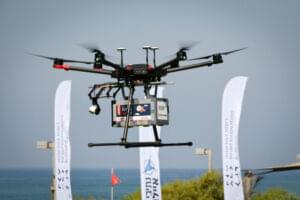
Israel’s National Drone Initiative has launched the fourth phase of its pilot program, which this time will include night operations as well as flights in which cargo will be delivered directly via winches to the end customer.
NDI began flights over urban areas in January 2021, resumed trial flights on Sunday, involving several companies that manage and operate autonomous drone networks.
For the next two weeks, flights will take place day and night above Gush Dan and Yerucham, in order to integrate the use of drones in routine activities such as transportation of basic products, first aid; deploying a drone attached to a vehicle for real-time monitoring of traffic movement with AI-based elements that can provide forecasts, and much more.
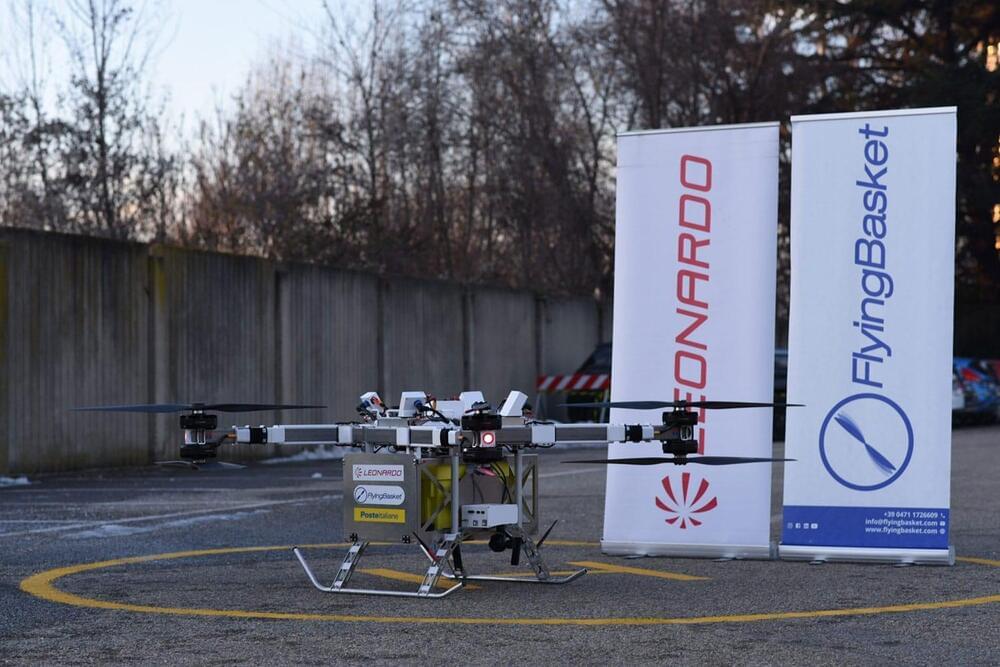
Italian company FlyingBasket has reached an important milestone for the future of urban air mobility (UAM), performing the first urban area flight operation in the Italian city of Torino (Turin). The flight was part of a logistic demonstration in collaboration with Leonardo, an Italian global high-technology company, among the top world players in Aerospace, Defense, and Security, and Poste Italiane, the Italian postal service provider.
FlyingBasket’s FB3 eVTOL cargo drone with 100 kg payload capability has been in commercial operation for a year now since it received the first operational authorization to perform complex logistic missions in sparsely populated areas. During the demonstration, two FB3 heavy lift drones transported delivery packages over the Stura di Lanzo river. One drone with a cargo compartment and another with a sling payload carried 26 Kg each over a 3.9 Km distance to the destination (total flight 7 Km).
The sling payload with a cargo hook makes convenient delivery possible without the need for landing infrastructure whereas, the cargo compartment is designed to facilitate easier cargo handling, keeping it more protected from the elements during the flight. The demonstration set out a compelling instance for beyond pilots’ visual line of sight, or BVLOS flights in the advanced air mobility (AAM) context. The objective of the operation was to demonstrate the fast, efficient, and safe use of heavy-lift UAVs for freight hauling – in this instance, above a major urban center for the first time ever in Italy.
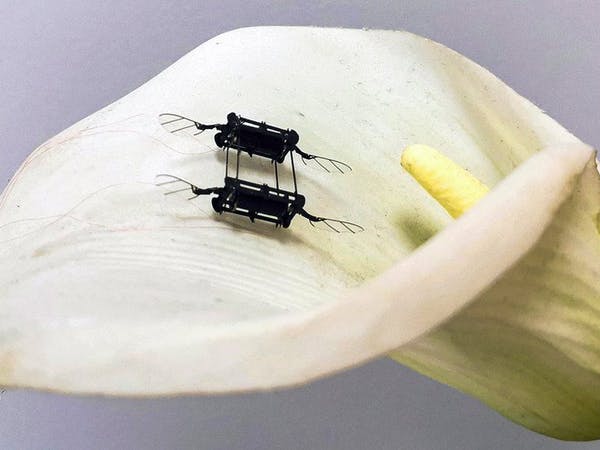
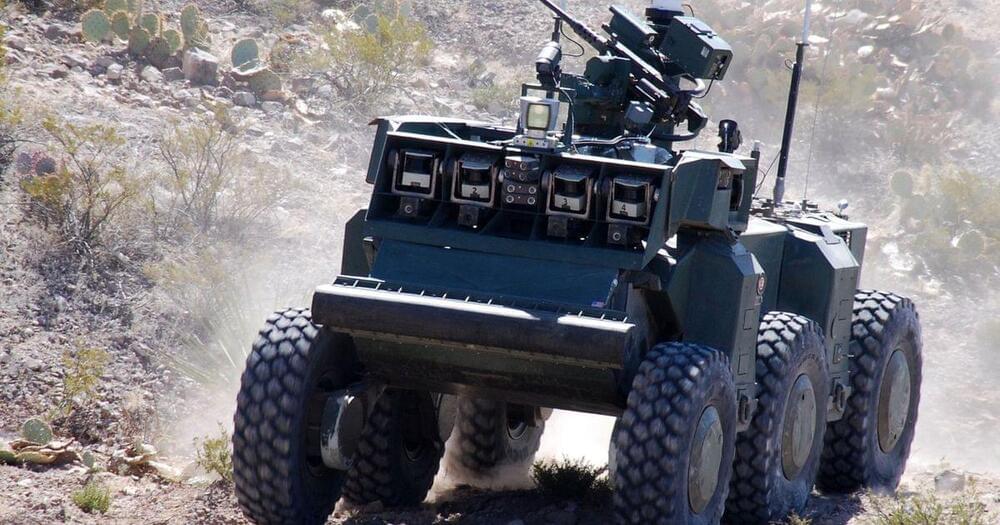
It may have seemed like an obscure United Nations conclave, but a meeting this week in Geneva was followed intently by experts in artificial intelligence, military strategy, disarmament and humanitarian law.
The reason for the interest? Killer robots — drones, guns and bombs that decide on their own, with artificial brains, whether to attack and kill — and what should be done, if anything, to regulate or ban them.
Once the domain of science fiction films like the “Terminator” series and “RoboCop,” killer robots, more technically known as Lethal Autonomous Weapons Systems, have been invented and tested at an accelerated pace with little oversight. Some prototypes have even been used in actual conflicts.
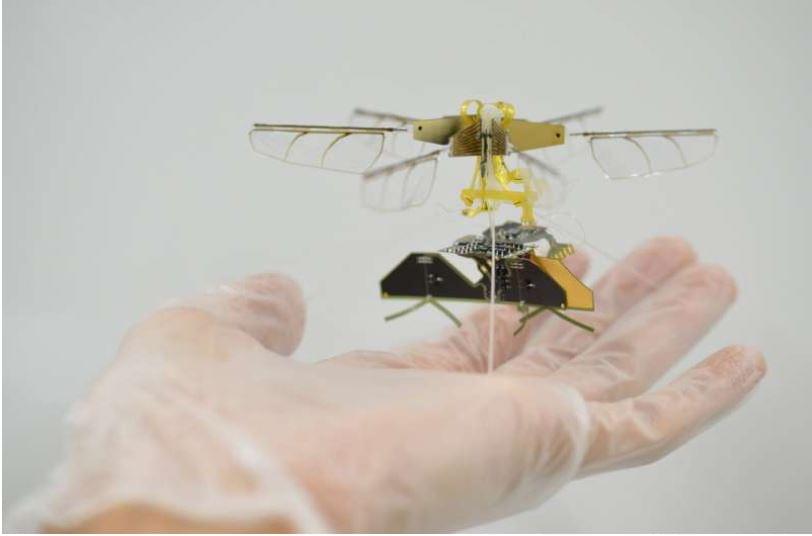
Researchers at Toyota Central R&D Labs have recently created an insect-scale aerial robot with flapping wings, powered using wireless radiofrequency technology. This robot, presented in a paper published in Nature Electronics, is based on a radiofrequency power receiver with a remarkable power-to-weight density of 4,900 W kg-1.
“Small drones typically have a very limited operating time due to their power source,” Takashi Ozaki, one of the researchers who carried out the study, told TechXplore. “The purpose of our recent research was to overcome this limitation. Currently, no-contact power supply using electromagnetic waves has been put to practical use in various products, but it was unknown how far it could be applied to small flying robots.”
The main objective of the recent study by Ozaki and his colleagues was to power an insect-size flying robot using no-contact, wireless charging technology. The robot created by the researchers is essentially comprised of a flapping, piezoelectric actuator that is powered through a 5 GHz dipole antenna.
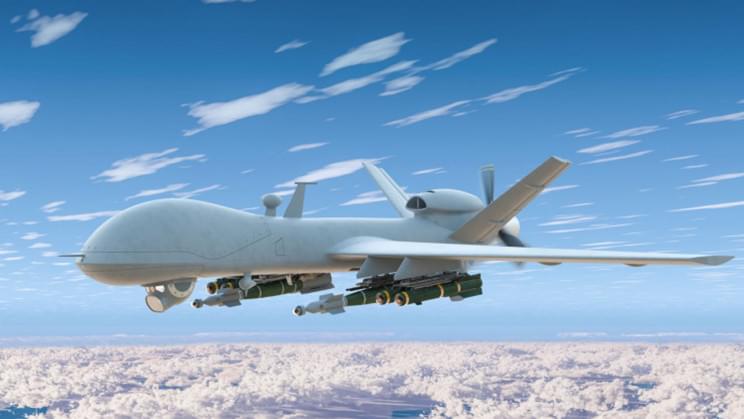
All good things come to an end.
Uncrewed aerial vehicles (UAVs), also known as drones, have proved to be something of a revolution in many aspects of our modern world. Among the most dramatic, in the field of combat.
The ability to project power at a distance without risking a human’s life is an incredibly technological feat. It could be so revolutionary, in fact (if some experts are to be believed), that it could put an end to more than a century of aerial dominance in warfare.
But, is this a realistic prediction for the future of war? Let’s find out.
But first, let’s take a look at some disruptive war technologies of the past.
Full Story: